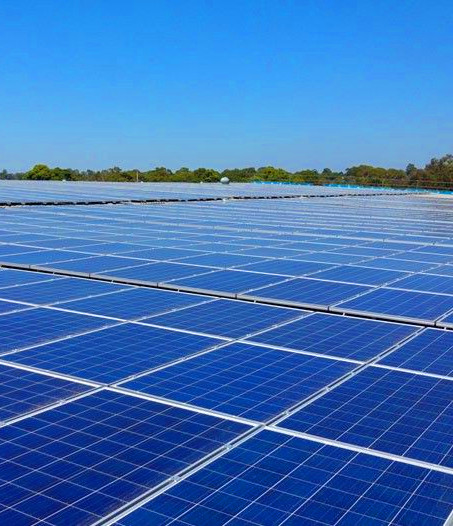Emissions seen in solar rise
 The solar boom needed for net zero could itself present another global warming risk.
The solar boom needed for net zero could itself present another global warming risk.
A new analysis suggests the solar panel market could demand close to half the world's aluminium by 2050.
Aluminium is the most abundant metal on Earth, but the production of material pure enough to be used in solar panel frames brings a huge energy cost, which could translate to bulk emissions.
Solar panels are predicted to provide about a third of the world's total electricity demand by 2050 - a big increase from the 2 per cent of global electricity that came from solar in 2019.
“This represents an enormous manufacturing task that will create a demand for a variety of minerals,” according to a new paper by photovoltaics researchers led by Alison Lennon from the University of New South Wales (UNSW).
On current trends, more than 40 per cent of the world's current aluminium production would be required to mount and install solar panel arrays.
“This escalation in demand does not include the use of aluminium in other clean energy technologies,” including wind turbines and electric vehicles, “which is also expected to increase, or its continued use for transportation and building infrastructure”, the researchers say.
The production of aluminium is an extractive and energy-intensive process, requiring vast amounts of electricity used to power its production. Luckily, aluminium is one of the most recyclable materials around, and recycling it uses only a fraction of the energy required to make new supplies.
The UNSW analysis looked at a range of scenarios for producing clean power in 2050. Under the ‘business as usual’ scenario, aluminium demand would add close to 4,000 megatonnes of CO2 to the atmosphere.
In the best-case scenario, emissions from aluminium production could be kept below on “ambitious target” of 1,500 megatonnes of CO2 by mid-century. This is the International Aluminium Institute's upper limit for keeping global heating below 2 degrees.
The researchers say this outcome will require industry and government take full advantage of recycled aluminium, preferably sourced from local producers in the countries where solar panels are installed.
Additionally, the decarbonisation of electricity grids that power aluminium smelters must occur in the next decade to keep emissions below 1,000 megatonnes of CO2 by 2050.
The experts suggest incentivising low-carbon production and building new facilities in renewable energy zones.







 Print
Print